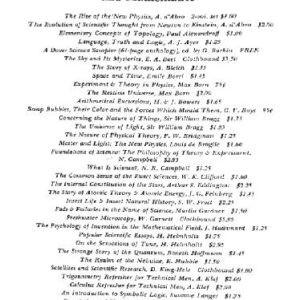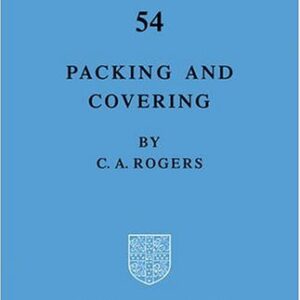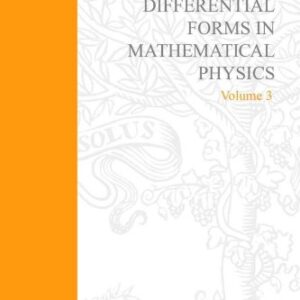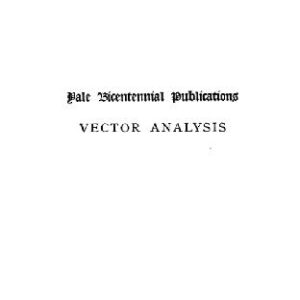The general plan of a book is often clearer if one knows how it came to be written. This book started from two separate sources. First, it originated in a years lecture course of the same title, covering about the first two-thirds of the ground presented here, the part on classical physics. This course grew out of the conviction that the teaching of theoretical physics in a number of separate courses, as in mechanics, electromagnetic theory, potential theory, thermodynamics, tends to keep a student from seeing the unity of physics, and from appreciating the importance of applying principles developed for one branch of science to the problems of another. The second source of this book was a projected volume on the structure of matter, dealing principally with applications of modern atomic theory to the structure of atoms, molecules, and solids, and to chemical problems. As work progressed on this, it became evident that the structure of matter could not be treated without a thorough understanding of the principles of wave mechanics, and that such an understanding demanded a careful grounding in classical physics, in mechanics, wave motion, the theory of vibrating systems, potential theory, statistical mechanics, where many principles needed in the quantum theory are best introduced. The ideal solution seemed to be to combine the two projects, including the classical and the more modern parts of theoretical physics in a coherent whole, thus further increasing the unity of treatment of which we have spoken.






Reviews
There are no reviews yet.